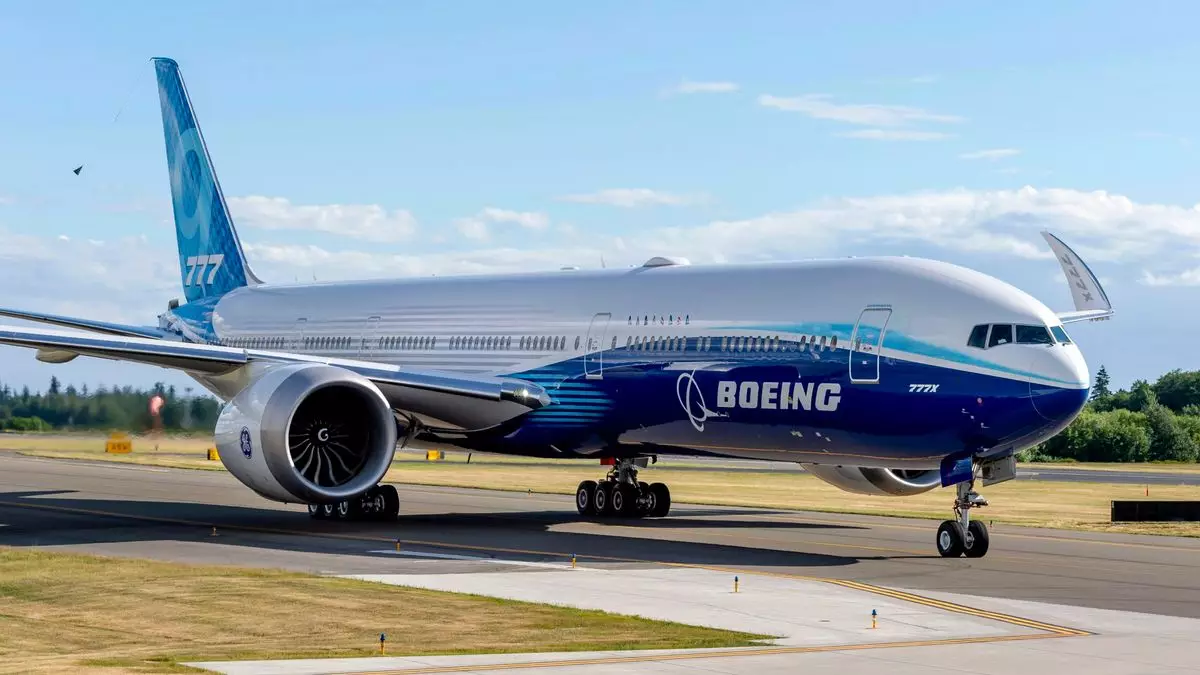In the aerospace industry, few stories better illustrate the intricate interplay of labor relations, supply chain dynamics, and regulatory oversight than the current plight of Boeing and its primary supplier, Spirit AeroSystems. The recent announcement that Spirit AeroSystems would temporarily furlough 700 workers is a stark reminder of how interconnected these entities are and highlights the potential for disruptions when fundamental labor issues arise. As we delve deeper into this topic, we will explore the implications of this situation for Boeing, Spirit, and the broader aerospace industry.
A major labor strike involving approximately 33,000 Boeing workers, which commenced on September 13, has profoundly affected production lines. Those engaged in assembling Boeing 767s and 777s, who constitute a critical part of Spirit AeroSystems’ workforce, are facing a three-week furlough starting October 28. This development points to a cascading effect—a labor dispute that has not only stalled production at Boeing’s facilities but has also sent shockwaves through its supply chain. Spirit AeroSystems’ warning that layoffs may follow if the strike continues beyond November signifies the precariousness of the situation. The looming possibility of layoffs creates an atmosphere of uncertainty, making it imperative for both companies to reach an effective resolution.
Concurrently, Boeing is proceedings with its acquisition of Spirit AeroSystems for a staggering $4.7 billion. This move is framed as a necessary step to reduce outsourcing and reclaim greater control over critical components manufacturing. While this acquisition holds strategic promise, it coincides with a troubling backdrop of labor unrest, compounded by the ongoing scrutiny from the Federal Aviation Administration (FAA). Such regulatory reviews are pivotal; however, they can distract from addressing immediate operational hazards, including labor force management.
In light of the current furloughs and the potential for further layoffs, it’s essential to understand how Spirit AeroSystems is adapting. Joe Buccino, spokesperson for Spirit, indicated that the company is adopting a cost-cutting strategy, restricting overtime, and imposing a hiring freeze in a bid to manage the fallout from the strike. This situation also raises questions about workforce morale, customer relations, and long-term operational capabilities.
As if the difficulties posed by the strike were not enough, Boeing faces heightened scrutiny from the FAA regarding its safety processes. The regulatory body is engaging in a three-month examination to ensure Boeing’s adherence to safety standards. This initiative stems from prior concerns triggered by incidents involving the Boeing 737 Max, which have demonstrated how lapses in oversight can have real-world implications.
This ongoing review underscores a critical aspect of Boeing’s operational environment—compliance with safety regulations. Concerns expressed by the Transportation Department’s Inspector General spotlight weaknesses in the FAA’s oversight capacity, such as the failure to ensure that parts meet design and engineering standards. Compounded by allegations that Boeing may exert undue pressure on safety inspectors, the situation raises significant questions about corporate ethics in safety practices.
While the strike remains unresolved, the implications ripple outward, influencing workforce decisions at Spirit AeroSystems and potentially impacting the broader aerospace sector. The Biden administration’s involvement, evidenced by recent meetings between acting Labor Secretary Julie Su and Boeing representatives, highlights the administration’s recognition of the strike’s potential economic repercussions. With Boeing announcing plans to lay off about 17,000 employees, the threat of a declining aerospace labor force looms large.
Ultimately, the unfolding drama plays out on multiple levels—labor relations, corporate strategy, and regulatory oversight converge to create a complex scenario. All stakeholders must navigate these turbulent waters carefully if they hope to emerge unscathed. Building stronger collaboration between Boeing, its suppliers, and regulatory bodies will be key to fostering a more resilient aviation industry, capable of weathering both internal disputes and external pressures.

